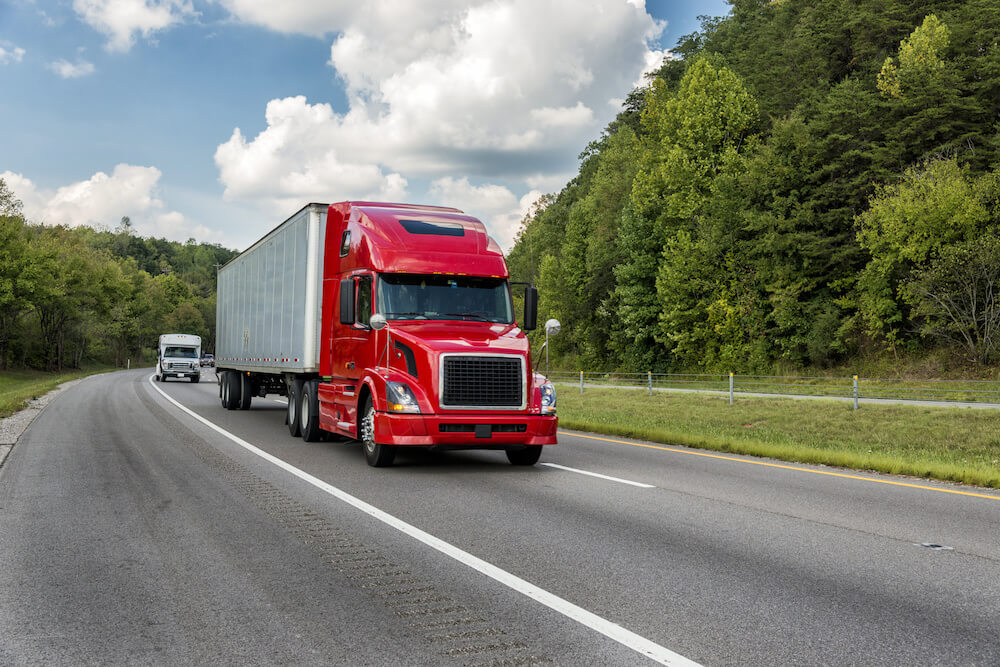You’ve done everything right – your drivers are experienced, careful and well-trained, your trucks are well-maintained and up-to-date and everyone is complying with regulatory laws – but you still had an accident. It happens to everyone eventually, and it’s why you have commercial coverage for your fleet of trucks and vans anyway. Learning more about the insurance process can help you get through the aftermath of an accident and move forward.
Pinpointing the differences between the actual cash value of your truck and the stated limit of your truck can help you understand the policy you have and identify how much coverage you truly need. It is essential that you fully understand your trucking insurance policy and how it is written. When you do, you can make proactive, strategic decisions for your organization and have peace of mind every time one of your vehicles rolls out onto the roadway. Your truck value can be determined in two different ways – the actual cash value or a stated limit. You need to know the differences between these two types of coverage to fully understand your policy.
Actual Cash Value vs. Stated Limit
Both of these terms refer to the ways that a single vehicle or piece of equipment is valued. They differ in the way that they are calculated, and the amounts are likely to be different.
What is actual cash value?
Also called ACV, this method is often used by insurers for fleet clients. When you sign up for insurance, you’ll have a general idea of the value of your equipment. If something happens to your truck in an accident and you have physical damage, the claims’ adjustor will determine the actual value of your equipment on the loss date.
If your loss is total (the truck is no longer roadworthy or safe to drive) then the total cost of what the equipment is worth on the date of loss is used. This amount is then used to determine how much your company will receive for the damaged or destroyed equipment and will be paid out to you (minus your deductible).
Actual Cash Value is straightforward and relatively simple; you’re paid what the equipment is currently worth at the time of loss.
What is a truck’s stated limit?
With this version, you will place a dollar value on your equipment and insure it based on that figure. The cost or premium of your policy is determined using the figure you have assigned.
If you have an accident or loss, the claims adjuster will once again value the equipment value on the date it is damaged or lost. If you have stated your vehicle to be worth $15,999 for your policy, but the truck is found to be worth over $20,000 at the time of loss, you will only be compensated for the amount of stated limit.
When you have a stated value policy, it is very important to keep up-to-date records and have accurate values assigned to your equipment. If you do not, you’ll either overpay for your premium or worse, receive less money than your vehicle is worth after an accident.
Knowing which type of policy you have is essential to determine the worth of your vehicle at the time of an accident and to understand what you would receive for damages from your insurance company. Regular reviews of your truck insurance policy, vehicle values and coverage will ensure your policy stays up to date and that you have no surprises after an accident.
Get truck insurance quotes.
Get 18 wheeler insurance quotes by filling out our online quote form or giving us a call today. We’re here to help you get the coverage you need to protect your big rigs and help you compare truck insurance quotes.



